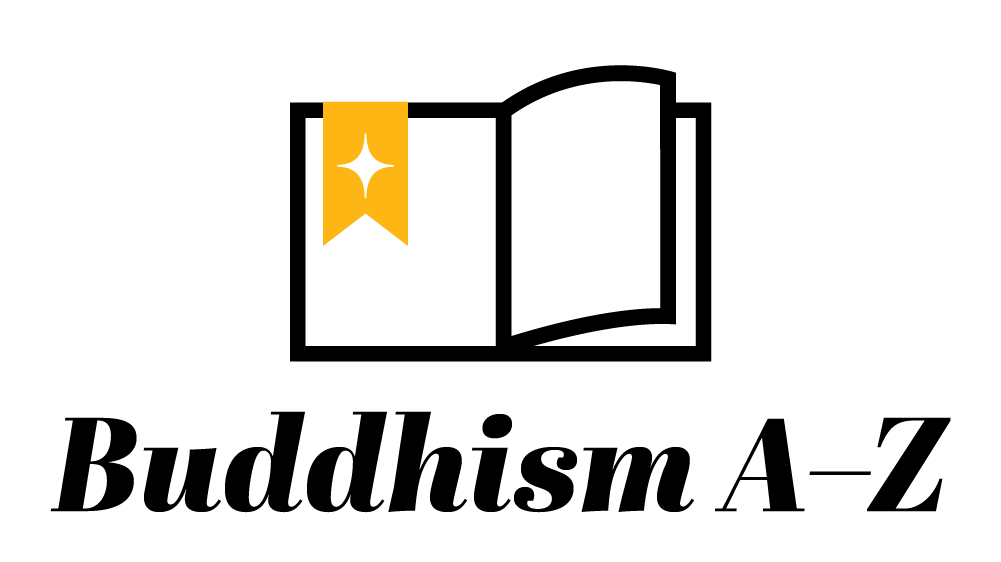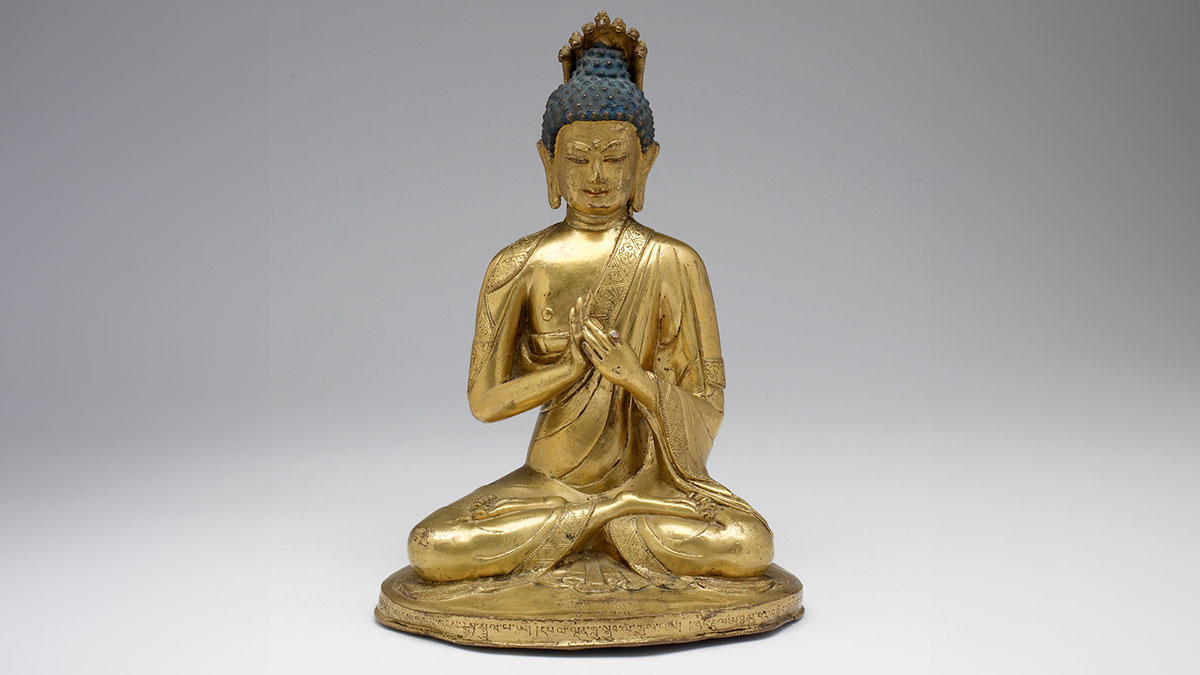Considered the preeminent scholar-practitioner of Mahayana Buddhism, the Indian philosopher Nagarjuna was renowned for his texts explaining the doctrine of emptiness, or shunyata. His actual history is unknown. He is usually spoken of as a Buddhist monk and scholar who lived in southern India sometime between 100 and 300 CE. He is revered as the founder of the Madhyamaka, or Middle Way school of Buddhist philosophy, which had a deep influence on all Mahayana traditions, and especially on Tibetan Buddhism.
Nagarjuna’s most important text, the Root Verses on the Middle Way, uses logical reasonings to show how mental fabrications conceal emptiness, which is the true nature of phenomena. While his method depends on logic, what is revealed by this method is not a logical conclusion but direct experience. Phenomena have no nature of their own, yet they appear in dependence on their causes and conditions.
Shunyata is not a sterile nothingness, but the dynamic display of the natural state. This is known as the two truths doctrine, which posits the simultaneous existence of absolute and relative truth. The absolute truth is that all phenomena are empty. The relative truth is that they still appear dependently.
The Madhyamaka Tradition
Nagarjuna’s direct disciple was Aryadeva, who continued to develop the Madhyamaka teachings in his seminal work, the Four Hundred Verses. In the sixth century, Buddhapalita and Bhavaviveka composed important commentaries to The Root Verses on the Middle Way that argued for different logical methods for demonstrating emptiness. These approaches later gave birth to the Prasangika (or Consequentialist) and Svatantrika (or Autonomist) sub-schools of Madhyamaka.
In the following century, Chandrakirti wrote a highly acclaimed commentary on Nagarjuna’s text called Introduction to the Middle Way, which championed the Prasangika approach. Chandrakirti’s approach later became the dominant form of Madhyamaka in Tibet, exerting a strong influence on the Vajrayana tradition.
Related Reading
Nagarjuna’s Tetralemma: Zen Math Will Never Add Up
Nagarjuna’s four propositions tell us that something may be what it is or it may not; it may be neither or it may be both. This is Zen math.
Buddhism A–Z
Explore essential Buddhist terms, concepts, and traditions.


